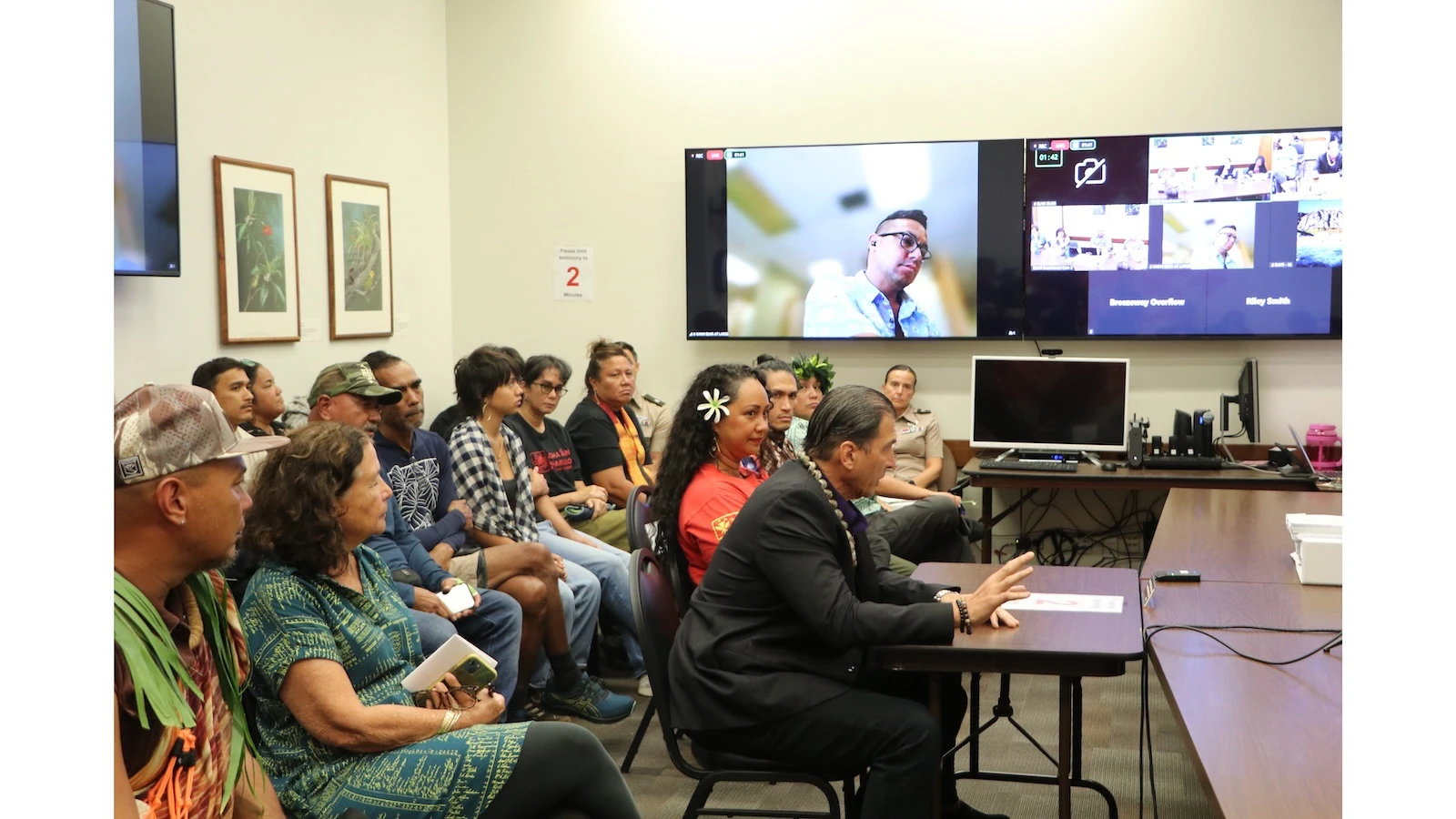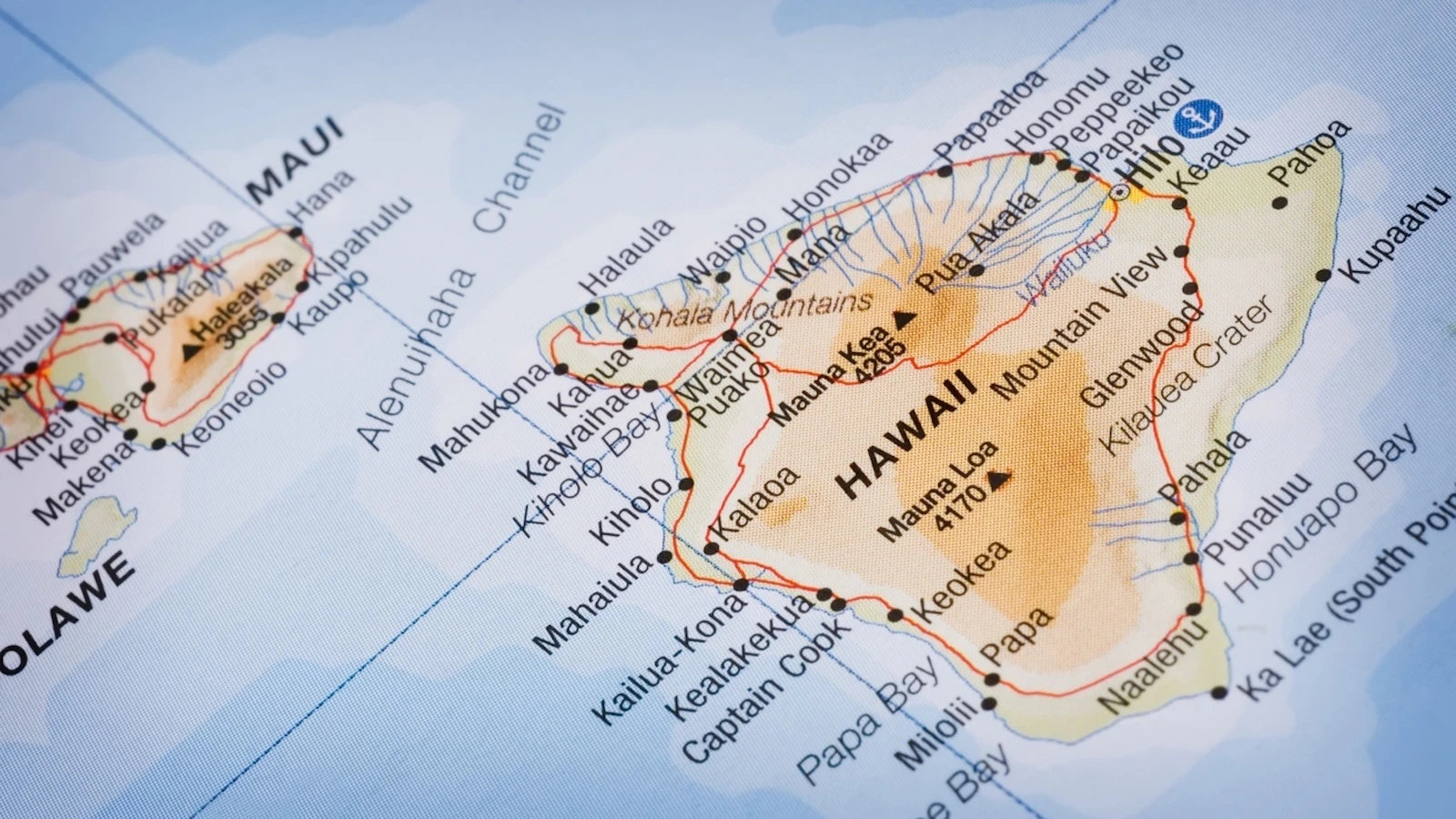The state Board of Land and Natural Resources has once again shot down a U.S. Army plan to keep using Hawai‘i land for training purposes.
On Friday, the BLNR discussed a proposal by the U.S. Army to retain the use of West O‘ahu lands at the Kahuku Training Area, Kawailoa-Poamoho Training Area and Mākua Military Reservation.
The Army has leased roughly 6,322 acres of land on O‘ahu from the state Department of Land and Natural Resources for military training purposes since 1964, but those leases are scheduled to run out in 2029. In an effort to retain those leases for at least another 25 years, the Army published in May a final environmental impact statement for their plans for the land.
This mirrors almost exactly a previous BLNR discussion in May, when the Army’s plan to retain over 20,000 acres of state land at the Pōhakuloa Training Area on Hawai‘i Island came under scrutiny. And, like that discussion, the BLNR on Friday listened to public testifiers excoriate the plan for hours before eventually voting to reject the Army’s environmental impact statement.
“While lands are being occupied, these military exercises … are not only harmful to the residents of Hawai‘i, but contributes to the extinction of native species that cannot be found elsewhere and prohibits indigenous populations from being able to access their own resources,” Wahiawā resident Raquel Runnels told the BLNR Friday.
“I am deeply concerned about the Army’s vague promises regarding land clean-up,” Runnels continued. “They claim they will clean areas only if not retained, yet there is no timeline, no enforcement and no full plan in place.”
Concerns about the environmental impacts of prolonged military use were recurrent throughout the BLNR’s roughly six-hour meeting. Letters submitted to the meeting repeated complaints about unexploded ordnance and other chemical contamination across Army lands, as well as increased risks of wildfire, despite unsatisfying or unspecific plans by the Army to mitigate those hazards.
And residents spoke about the indignity of living next to constant weapons tests.
“For decades, the Army has desecrated these lands, leaving behind ʻāina filled with opala, unexploded ordnance, and long-term environmental destruction,” wrote Steven Thomas. “The military is and has been disrespecting our community and our laws. The noise from constant gunfire and low-flying aircraft shakes our homes and disturbs our families at all hours of the day and night. These sounds of war have become an unwanted backdrop to our daily lives, creating an environment of trauma, especially for our keiki and kūpuna. This has never been pono — never carried out with care or consideration for the people who live here.”
The public’s concerns were echoed by the DLNR itself. An evaluation of the environmental impact statement by DLNR’s Land Division found that the document was insufficient “due to a lack of baseline data … to determine and understand the extent of any impacts to natural, historical and cultural resources.”
The Land Division evaluation ended with a recommendation that the Board reject the Army’s impact statement.
Alice Roberts, program manager for the Army training land retention effort, told the BLNR the Army has conducted “preliminary investigations” toward land cleanups, and reassured the board that the Army is committed to a proper cleanup of the land, but a timeline and cost estimates for such a plan have still not been determined.
The board ultimately voted 5-1 in favor of upholding the Land Division’s recommendation — that is, to reject the Army plan — with member Riley Smith the sole voice in dissent.
The board’s decision was not necessarily surprising, as Board Chair Dawn Chang later said the deficiencies found in this Army plan were very similar to those that sank the Pōhakuloa Training Area plan.
While Chang said the Army can come back with an amended plan, she said that “realistically, they would be pushing it” to get their leases retained before they expire in 2029.
Chang said the BLNR had rejected the first draft of the environmental impact statement and it took two years for the Army to come back with an acceptable revision. With that pace, she said a workable document could be produced by 2027, but there would still be other permitting and regulatory hurdles for the Army to jump through before the expiration date.
“It’s not impossible, but it would be difficult,” Chang said.
Chang added that the Army does have other options for retaining the land, floating the possibility of a land exchange between the state and the Army. She also said condemnation — the power of the federal government to simply seize public land for federal use — remains an option, but added that Army representatives have not advocated such tactics.
Ultimately, Chang said she hopes for continued dialogue with the Army, and acknowledged the state’s value to the military as a training ground.
“But the concerns of our community matter,” Chang said.
Gov. Josh Green issued a statement shortly following the BLNR vote, saying it “underscore[d] the need for continued dialogue and shared responsibility when it comes to the future of state lands.”
“As global threats grow more complex and regional stability becomes more fragile, Hawai‘i’s unique position at the heart of the Indo-Pacific makes it vital to the defense of both our islands and the nation — highlighting the importance of maintaining military readiness that is both effective and accountable to the communities it serves,” Green’s statement read. “Ensuring our Armed Forces remain prepared and resilient is a priority, and as we move forward, my administration is committed to working with all parties to ensure that next steps are guided by transparency, a shared sense of purpose, kuleana to future generations and long-term benefit to the people of Hawai‘i.”
For the latest news of Hawai‘i, sign up here for our free Daily Edition newsletter.





